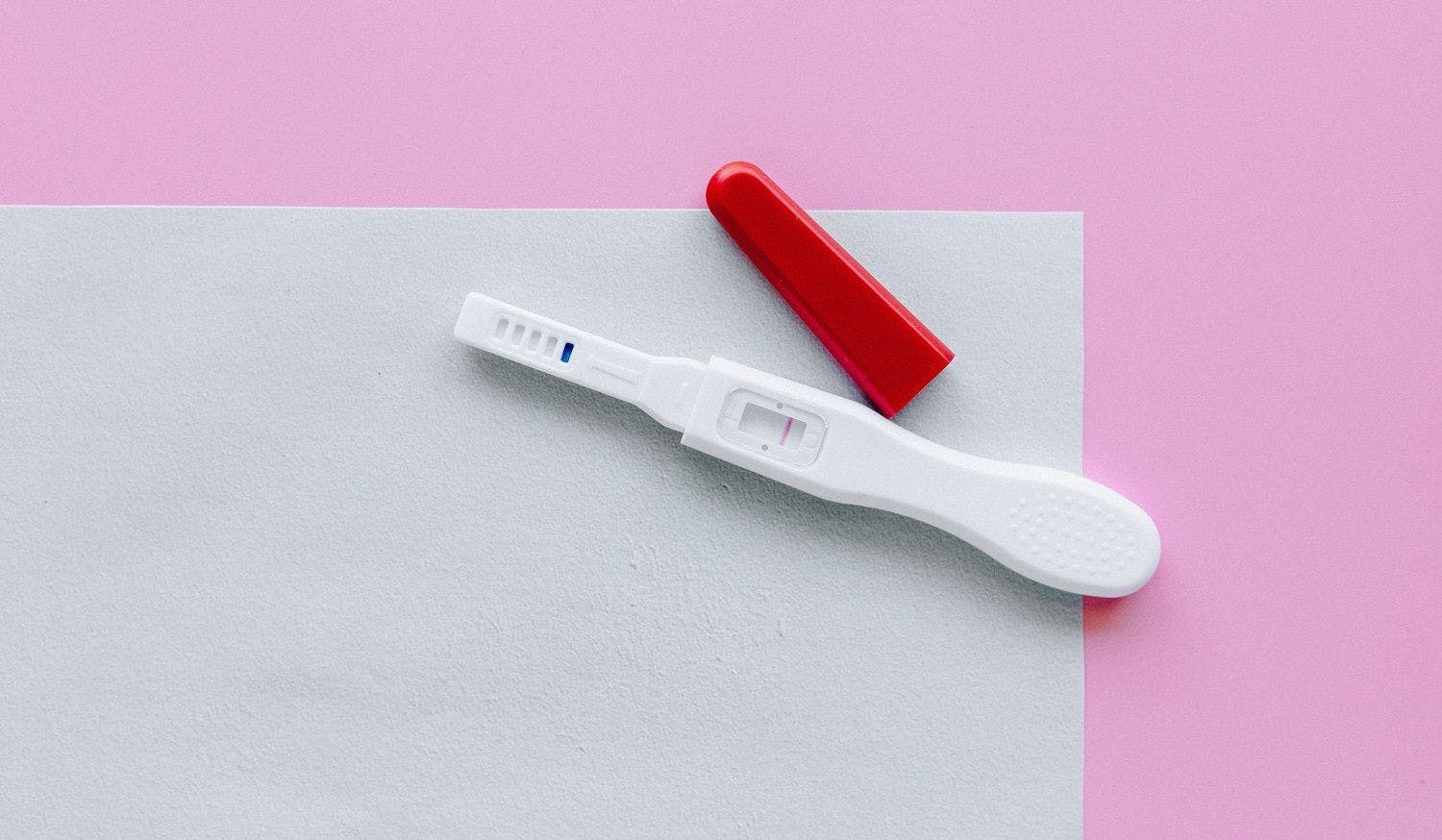What is a false pregnancy in dogs?
False pregnancy, also known as pseudo-pregnancy, phantom pregnancy, or pseudocyesis, refers to a display of maternal behavior combined with the physical signs of pregnancy following "heat" (estrus) in an unspayed female dog that is not actually pregnant. A false pregnancy can occur in an unspayed female regardless of whether she has mated or not. Most unspayed female dogs show some signs of false pregnancy after an estrus cycle.
What are the signs of false pregnancy and when do they occur?
False pregnancy signs begin 4 to 9 weeks after the previous heat period. They mimic the signs of actual pregnancy in dogs. The more common signs of false pregnancy include:
- Nipple (mammary gland) enlargement
- Sometimes the production of milk
- Periodic vomiting
- Lethargy
- Weight gain
- Fluid retention
- Decreased appetite
These findings can occur at any age, but do not always follow each heat cycle. Some dogs may have more pronounced signs and can vary in severity from one heat cycle to the next.
Certain behavioral changes are also a sign of false pregnancy. These behavior changes include decreased interest in activity, nesting, more affectionate behavior, and occasionally even aggression. Individual dogs may undergo a false labor and after which, become protective of toys or other small objects.
Why do these signs occur?
After the female dog undergoes heat, her ovaries begin to produce hormones, regardless of whether she is pregnant or not. The purpose of these hormones is to prepare the uterus for and maintain pregnancy. If she becomes pregnant, the hormones will continue to be produced until the puppies are born. If she does not become pregnant then after about 4-6 weeks, the hormone levels will begin to decline. In the first few weeks, the higher levels of hormones in the body cause the dog to exhibit changes that mimic pregnancy. In the non-pregnant dog, as the hormones decline it stimulates false labor and mammary gland development.
How is false pregnancy treated?
Most cases are mild and limited to about 14-21 days, and so no treatment is required. If the behavior changes are severe enough or the dog looks ill, then talking with your vet about treatment is indicated.
Treatment is based on symptoms and can include medicine to reduce anxiety and diuretics, which are pills that will help reduce fluid retention and milk production. A key recommendation is not to milk or massage the female dog’s nipples as this can stimulate more milk production. In certain, uncommon cases, hormonal therapy may be required.
Surgical procedures can be recommended, such as an ovariohysterectomy, particularly if your dog will not be used for breeding, to prevent future episodes. Recommendations for this procedure are generally given only after the symptoms of false pregnancy have fully resolved. If she were to undergo this sterilizing procedure during, she may continue to show signs of false pregnancy for weeks after, in spite of being sterilized or spayed.
For more information, talk to one of our Pet Experts and get customized advice by submitting a request in our Mavyn website.
